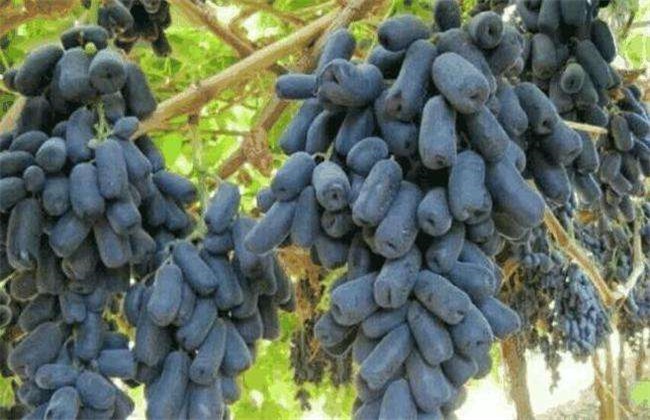Cutting Seedling technique of Myrica rubra
Red bayberry is a small tree fruit tree with high edible value, which is mainly planted in southern provinces. It is found that red bayberry was cultivated thousands of years ago. Planting must first raise seedlings, and then transplant, in order to complete the planting process. So how should cuttage seedlings be carried out, what problems should be paid attention to, and what preparatory work should be done. In the following content, we will give you a clear explanation.

I. Cuttage preparation
Red bayberry cutting seedling is the main method of rapid mass propagation of red bayberry seedlings. The seedling formation time is not as long as the waiting period of sowing, and the survival rate is higher than that of grafting. So when you need a lot of planting and miss the sowing time, you will choose this way of raising seedlings. First of all, cutting requires a large number of strong annual or biennial fruiting branches, preferably with full buds. In addition, skilled manual pruning is needed. In addition, you need to prepare some clean buckets and buy enough rooting powder. There is to build a small arch shed for cutting management, conditional can be carried out in the greenhouse, and install drip irrigation facilities.
2. Cutting methods
Generally speaking, cutting is to trim off 2/3 of the leaves of the collected branches, and then begin to cut the branches into branches about 10 cm long at the upper and lower slant, which is to reduce transpiration, while the lower oblique is to produce more roots for maximum contact with the soil. Then put the cut branches into a bucket containing rooting powder solution and soak for half an hour. You can probably keep track of the time. It is best to put the branches cut at the same time in a barrel. Avoid confusion and soak for too long. When cutting, first take a branch about 0.5 cm thick and make a small hole about 6 cm deep in the seedbed, then put the branch in, gently press the nearby soil, so that the branch and mud closely combine. Be careful not to force direct cutting, it is easy to hurt the branch, the lower end of the cut hair is not easy to take root, so the soil must be watered before cutting. Cuttings should not be too dense, the general plant spacing is 3 cm, and the line spacing is about 5 cm.
III. Cutting management
After cutting, it is necessary to build a small arch shed in time to keep warm and humid, and the temperature and humidity can be artificially adjusted. In general, both ends of the hot day can not be separated from the outside heat. Be ventilated in time in the evening to avoid stuffy seedlings. It can be properly ventilated on cloudy days, but not in cold weather until it heats up. The small arch shed should be covered with a sunshade net to block the bright light, reduce transpiration and avoid water shortage. As there is no root in the early stage, it must be watered every morning and evening to maintain a moist soil environment. No dryness occurs. However, the amount of watering can be gradually reduced in the later stage, and no more watering can be done until it is fully rooted and survived. Finally, the seedlings can be raised. Pour light fertilizer and water through the seedling bed three days before seedling emergence to avoid root injury.
The above is all about the process of bayberry cutting, which is interspersed with some matters needing attention in the preparation of the cutting process, so we must pay attention to the operation in this aspect in the production practice. However, the planting varieties are different and the environment is different in different areas, which need to be taken into consideration in the specific implementation of cutting.
Related
- Moge, come on! The staff of the peasant association in the producing area of cantaloupe were frightened when the crowd gathered.
- Causes and Solutions of low Fruit setting rate of Apple
- Symptoms and control measures of passion fruit virus disease
- Fruit growing lesson: how do apple orchards keep high yields?
- Can you build orchards in the mountains? What are the pros and cons?
- How to manage the coloring period of Crisson grape?
- This paper introduces the processing technology of two kinds of fig products.
- How much is a month for retired teachers in rural areas by 2020?
- How can strawberry planting increase sugar content? We should pay attention to management in many aspects.
- What are the cultivation techniques on how to improve the yield of golden fruit?



